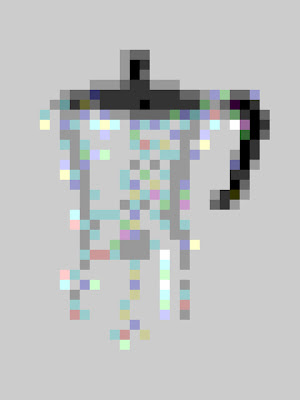
Over the past months the art market news from Los Angeles has been pretty grim so it's good to hear that even in these difficult times some in the LA art world remain optimistic, saying they are in for the long haul.
"Earthquakes, riots, fires," says art dealer Thomas Solomon, ticking off challenges of doing business in Los Angeles. Now a global recession has deflated the international art market sending auction house prices into a downward spiral, shuttering galleries, squeezing collectors' confidence as well as their budgets. Recently, against all odds, he opened a new gallery in a storefront on Chinatown. "I've been through these ups and downs," he says. "I'm not going away. Art is in my blood. This is what I do."
In an article published in the Los Angeles Times Suzanne Muchnic says art prices may be weakening, yet opportunities exist amid the challenges, Indeed, she says, a surprising number of galleries have been able to grow. You can read the article
here.


















































